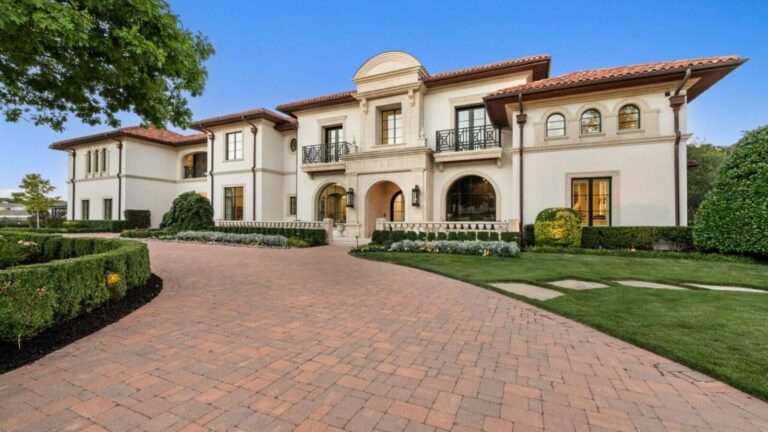New Delhi and Mumbai: Experiential luxury, comprising primarily of fine dining and luxury holidays, will lead growth in India’s market for luxury goods and services in the next five years, market researcher Euromonitor International.
The segment is projected to compound annually at a scorching 77.8% growth rate between 2026 and 2030. If this forecast holds, experiential luxury revenues will nearly match the sales anticipated in luxury cars by the turn of this decade.
Such cars, priced at more than ₹50 lakh apiece, make for the largest segment, about 43%, in India’s luxury market.
The market for all luxury goods and services is predicted to close this year at ₹104,300 crore (14.5% year on year growth). It is forecast to grow to ₹149,640 crore by 2030 — a compound annual growth rate (CAGR) of 7.5% for the period.
The global market for such goods and services is expected to expand at 2.8% in the same years.
This growth is aided by India’s growing base of high-net-worth individuals, rapid urbanisation, and an aspirational middle class trading up to premium perfumes, watches, and fashion, an expert said.
Ashish Mishra, CEO of brand consultancy Interbrand pointed to a rising trend: that of “premiumisation” with a steady movement of consumers trading up. “Traditional luxury buyers remain unaffected by macroeconomic volatility, and that segment is only getting stronger,” he said, explaining the interest in India among companies in the luxury business.
The Euromonitor projections for the top two segments in Indian luxury are:
- The luxury cars segment is expected to close 2025 with ₹44,540 crore sales (18% growth yoy) and projected to expand at a CAGR of 17.2% between 2026 and 2030.
- The experiential luxury category sales are expected at ₹24,830 crore in 2025 (21.4% annual growth) with the forecasted CAGR of 77.8% in the next five years
Also Read | SUVs are destroying Indian sedan sales, but not for luxury carmakers
Spotlight India
India is increasingly now on luxury companies’ radar as more consumers join the upper middle class and rich ranks.
Earlier this month, Mint reported that beauty giant The Estée Lauder Companies (ELC), which sells brands such as M.A.C. and Jo Malone, is stepping up investments in India.
About 30% of global consumers around the world entering the middle class are from India, noted Stéphane de La Faverie, global president and CEO of ELC. “India is the biggest contributor of new middle-class consumers globally, and our role is to tap into the lower, middle, and higher middle-class segments depending on the brands we deploy.”
The personal luxury goods segment – comprising designer apparel, footwear, fine jewellery, and watches – will also remain large and dynamic through 2030, Euromonitor said. But value sales data and projected growth rates were not immediately available.
Paris-based luxury department store chain Galeries Lafayette recently announced it will open its first store in India at Mumbai, launched with partner Aditya Birla group of companies, in November.
Luxury in India stands at the cusp of big change, Kumar Mangalam Birla, chairman of the Aditya Birla Group said at the inauguration of the store. “With one of the fastest-growing affluent populations in the world and a new generation of globally exposed consumers, the appetite for high-end experiences has never been stronger.”
Also Read | India’s next luxury frontier opens — with a Parisian accent
According to global bank UBS’s Global Wealth Report 2025, India added 39,000 dollar millionaires in 2024, taking the total to 917,000.
Store chain Shoppers Stop has reported that categories like watches, beauty, fragrances, and sunglasses continue to grow strongly. The company, which retails perfumes from Prada and YSL, said its beauty sales surged 22% year-on-year in the September quarter to ₹331 crore.
“Watches have grown substantially… around 13% like-for-like. Categories such as beauty, sunglasses, fragrances are all growing,” said Kavindra Mishra, MD and CEO, Shoppers Stop Ltd.
In June, Mint also reported that Swiss watch exports to India rose over 10% year-on-year in the first five months of 2025, driven by aspirational buyers and evolving tastes. The value of such imports was nearly ₹2,600 crore in 2024.
Ayaan Kartik contributed to this story
Images are for reference only.Images and contents gathered automatic from google or 3rd party sources.All rights on the images and contents are with their legal original owners.
